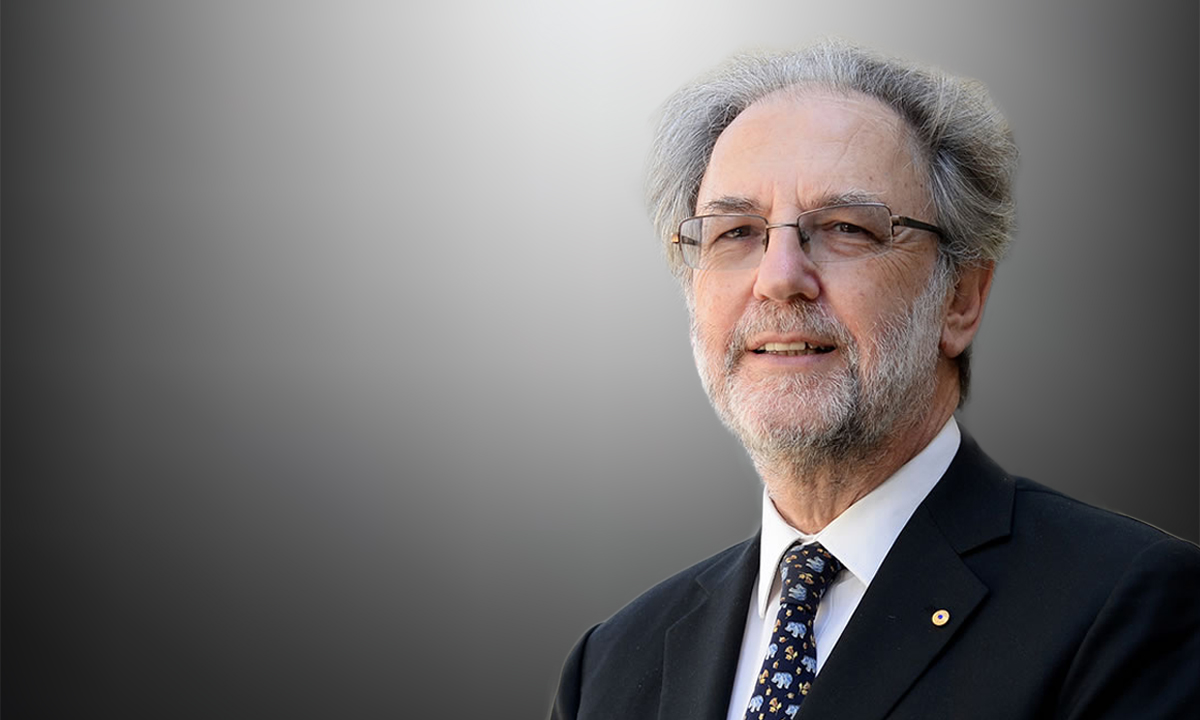THE biennial conference of the World Health Organization Framework Convention on Tobacco Control (FCTC) was held in New Delhi on 7–12 November 2016. The FCTC came into force in 2005 as an international treaty, is legally binding in 180 countries, and commits governments to reducing the six million deaths caused each year by tobacco.
As vice-chair of the FCTC Impact Assessment Expert Group, I was able to review compelling evidence that the convention has provided impetus and support for a remarkable range of developments. Changes are occurring that would once have seemed unthinkable. Many other countries have either replicated Australia’s pioneering plain packaging legislation or are planning to do so. And earlier in November 2016, Shanghai joined Beijing in introducing tough new smoke-free laws – affecting 50 million people in those two cities alone!
It is still easy to be daunted by the magnitude of the problem and the opposition. Tobacco companies ferociously oppose any action that might be effective, and promote their products wherever possible. Their strategies are even more aggressive than before, including legal action against governments and health groups, working through front groups, targeting developing countries and using diversionary approaches designed to present them as responsible and health-conscious.
But they are also losing some crucial battles. In addition to massive payouts over the years, they have lost legal cases opposing plain packaging in Australia, the European Union Court of Justice, the Permanent Court of Arbitration, France and the UK. They recently failed in legal action to obtain research data about children’s tobacco attitudes and behaviour from the Cancer Council Victoria. And they are losing in the court of public opinion, to the extent that their own public documents refer to difficulties in recruiting high calibre staff.
Of course it has taken too long, but the world of tobacco has changed. Before the evidence was well recognised, around three-quarters of Australian males smoked, and smoking was increasing among women. In 2013, just 12.8% of adults were regular smokers – a figure likely to be even lower now. The first national surveys of smoking in school students in 1984 found that 20% of 12–15 year-olds were smokers. In 2014, that was down to a stunning 3%. Tobacco control is indeed, as the Prime Minister has commented, “one of the big public health successes of our generation” – confirmed by a recent tobacco industry report which mournfully described Australia as “the darkest market in the world”.
So far so good, but smoking remains our largest single preventable cause of death and disease, causing 15 000 deaths each year. Past experience has taught us that if we get complacent, the tide can easily turn. And some crucial groups are being left behind – Indigenous people, people with mental illness and other disadvantaged people.
There is overwhelming evidence about what still needs to be done.
It is crucial that we maintain the comprehensive approach that has served so well – above all, regular tax increases, mass media campaigns, smoke-free measures, and curbs on packaging and other forms of tobacco promotion.
While praising both sides of politics for their strong commitment, we need to see more action in some key areas.
The highest priority now is ensuring adequate funding for sustained, hard-hitting, high-reach and television-led mass media campaigns. These work for all sectors of the community, including children, young people and disadvantaged groups. They are needed to give wings to tax increases and plain packaging, and to provide continuing urgency to the case for quitting or not starting. At the national level, they have been absent for too long, despite the billions the government rakes in from those splendid tax increases. Australia used to lead the world in mass-reach media campaigns – it’s time we regained that status.
Alongside that, we need special programs to help and support disadvantaged groups. They don’t want to die younger; they need all the support we can provide.
There is scope for further action in areas such as updating our plain packaging and graphic warnings legislation to counter new tobacco industry tactics, regulating the products themselves to deal with industry moves to make them more attractive, applying further curbs on tobacco industry promotion and distractions, and investigating options for making the companies accountable for the immense harms and costs their products have caused.
And what a prize is ahead of us! If our governments act as they should, Australia can be effectively smoke-free within a decade. We will see the end of an epidemic that has killed hundreds of thousands of Australians.
During the FCTC review, I heard many comments from countries citing plain packaging and other aspects of the Australian program as a model. If the continuing decline in smoking here does indeed inspire other countries to follow our example, we will have helped to save not thousands, but millions of lives.
Professor Mike Daube, AO, is Professor of Health Policy at Curtin University in WA.
Latest news from doctorportal:
- Indigenous wellbeing stagnating, worsening
- Euthanasia bill fails in SA by one vote
- Five traps to be aware of when reading success rates on IVF clinic website
- Bulk billing falls back, patient costs rise

 more_vert
more_vert
If there is one GREAT public health achievement this is it. Prof. Mike Taube does worry about the younger generation, low socio-economic groups and indigenous peoples who are most vulnerable and gullible and can get addicted to this menace of a product. If school teacher who were health aware and proactive could teach “rational thinking, and critical action” to school students to reduce the chance of them using this terrible product. Australia has set the standard for packaging and prevention of tobacco related deaths, and many countries cite this, and may well follow, lets hope the next decade delivers us from this dangerous drug.